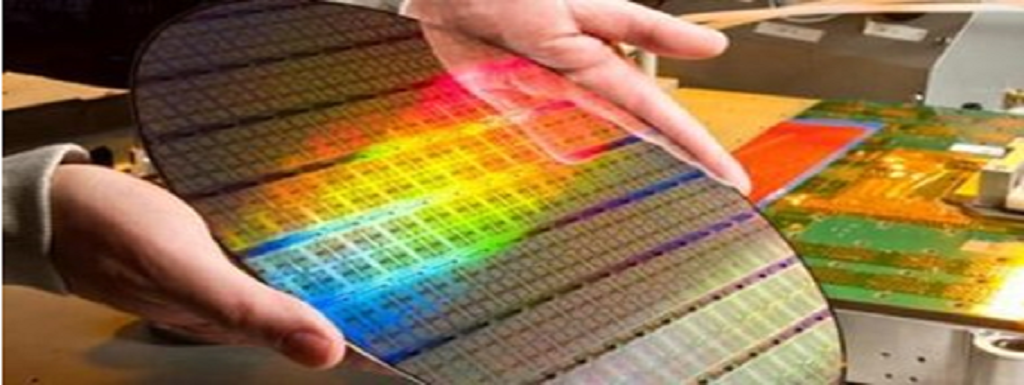
Photosensitive materials are made up of polymers that can undergo rapid physical and chemical changes in a relatively short period of time after being irradiated by light. Photosensitive materials are advanced by high production efficiency, high energy utilization rate, low organic volatile matter emission, and enhanced flexibility in coating various substrates, such as paper, plastic, leather, metal, glass, and ceramics.
What are the uses of photosensitive materials?
Photosensitive resins, as a type of photosensitive materials (https://photochem.alfa-chemistry.com/products/photosensitizers-4934.html), are widely used in medical, construction, printing, 3D printing and other industries due to their fast curing time and low pollution.
Medical industry
In the medical industry, photosensitive resins are mostly used in the restoration and beautification of dental, i.e., anterior tooth defects, and can also be used for the filling and repair of posterior tooth cavities and the fixation of orthodontic brackets.
Construction industry
In the construction industry, photosensitive resins are used as repair facilities. For example, photosensitive monomers are used as diluents, and UV-curable adhesives have the characteristics of low viscosity, fast curing at low temperatures and high bonding strength after being toughened and modified with asphalt, resin, and other products. That being said, a layer of ultra-thin, wear-resistant and anti-slip protective layer is helpful for the maintenance and repair of road surfaces and runways.
Packaging industry
In the packaging industry, photosensitive resins are widely used in the curing of spray paint for the outer surface of products. Compared with traditional natural curing, the speed of light curing is much faster, and its non-volatile curing characteristics have elevated its application values in the coating industry. For instance, photosensitive coatings can enhance the abrasion resistance and stain resistance of wooden floors, reduce VOC emissions, shorten production cycles, and improve the production environment. Meanwhile, applying coatings on PVC boards for plastic products can improve the scratch resistance of PVC boards and prevent the migration of plasticizers.
3D printing industry
In the 3D printing industry, light-curing 3D printing is based on droplet jetting technology using liquid photosensitive resins to form parts and curing with ultraviolet light, which can improve accuracy and reduce cost.
History and evolution of photosensitive materials
Photopolymerization technology was first developed in the 1970s, and research regarding photoinitiators has achieved great progress in the past few decades. For example, the wavelength of the light source matched to the photoinitiator has been extended to visible light and is no longer limited to the ultraviolet region. Another example is that by introducing ionic salts or supramolecular action, photoinitiators can maintain good initiating performance in the water system. Meanwhile, macromolecular photoinitiators have been developed to address the drawback that small molecular photoinitiators can easily migrate from the system. Although there are still challenges that have not yet been overcome in this field, research regarding photoinitiators will not be withheld. Not to mention the deepening of research, the development of environmentally friendly and multifunctional photoinitiators that achieve excellent initiating performance will become another research of interest in this field.
On the other hand, shrinkage caused by polymerization has always been a major bottleneck restricting the development of photopolymerization technology, especially free radical photopolymerization. Due to the lack of real-time characterization methods for studying the shrinkage process of the photopolymerization system, researchers have established a research means for real-time monitoring, thus further investigating the effect of monomer structures and photopolymerization components on the overall shrinkage process. Based on this, a new strategy that reduces polymerization shrinkage was developed, which helps achieve fast solid-state photopolymerization of (meth)acrylate monomers.
As an ISO 9001:2015 certified supplier of high-quality chemicals, Alfa Chemistry provides a wide range of photoinitiators and sensitizers, including but not limited to: porphyrins photosensitizers, ketone photosensitizers, acridine photosensitizers, ruthenium photosensitizers, iridium photosensitizers, naphthoquinone photosensitizers, for extensive application use in solar cells, catalysis, and photodynamic therapy (PDT).